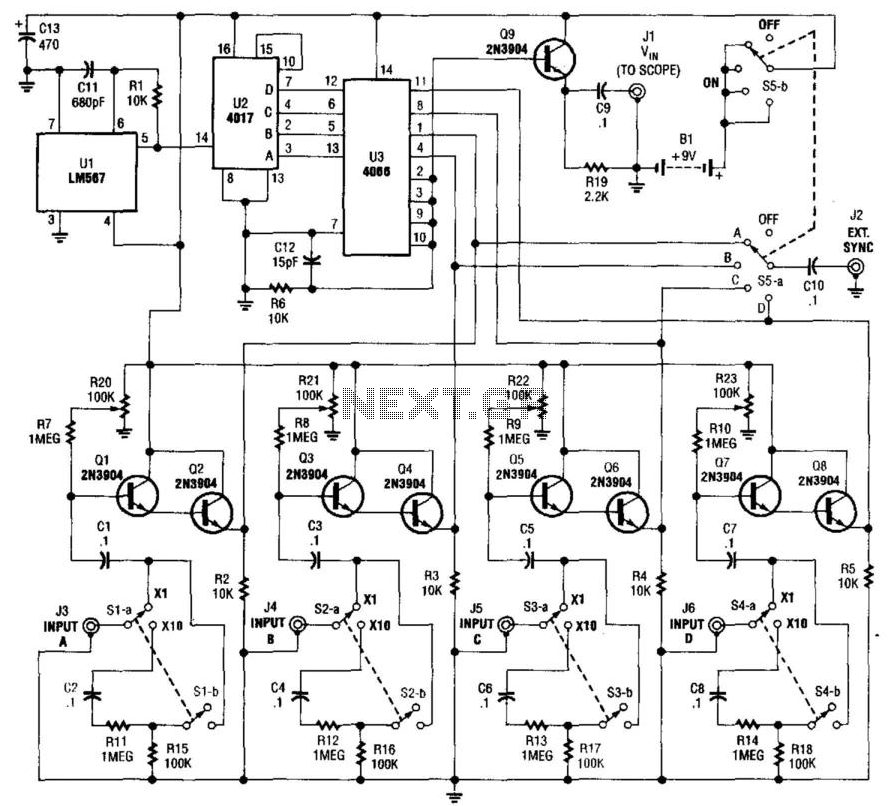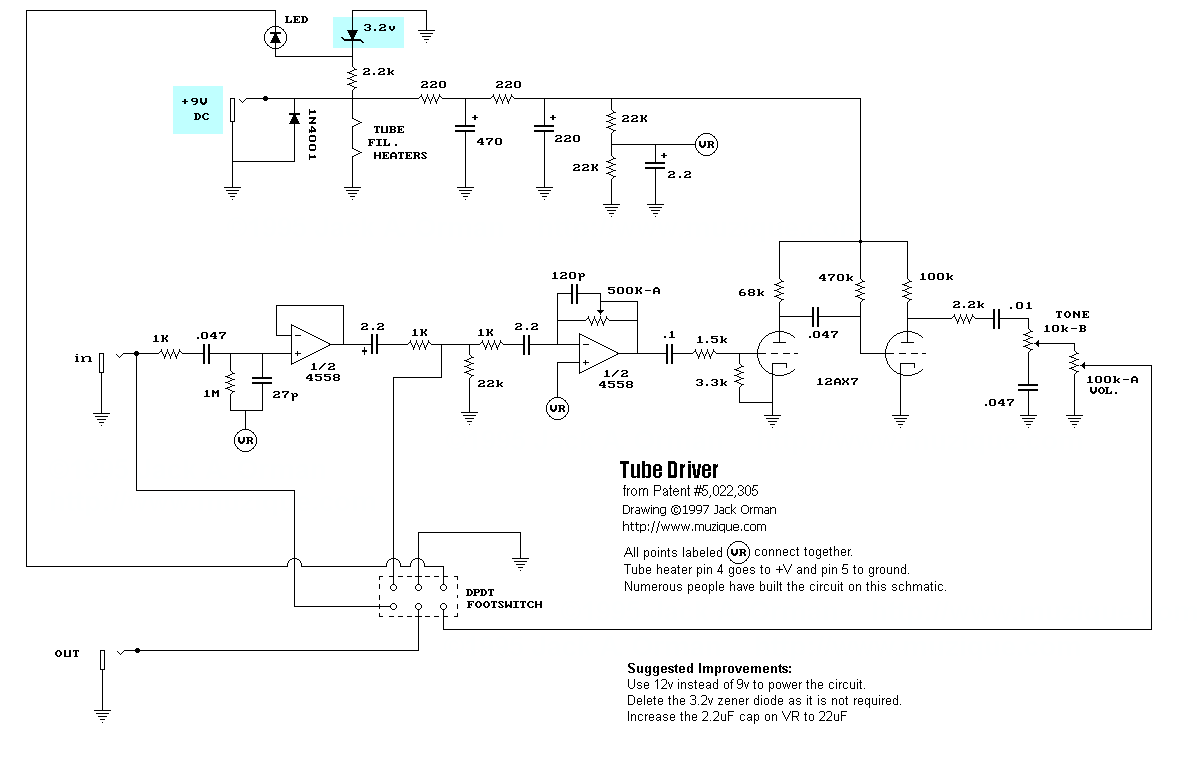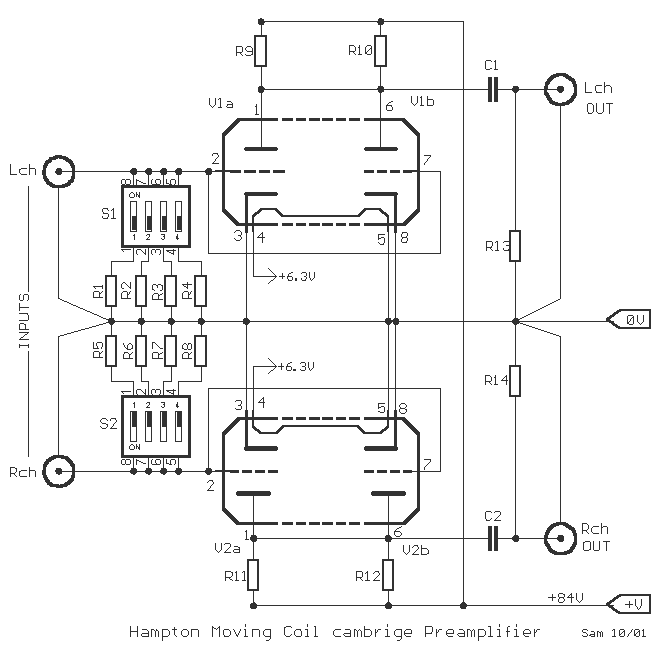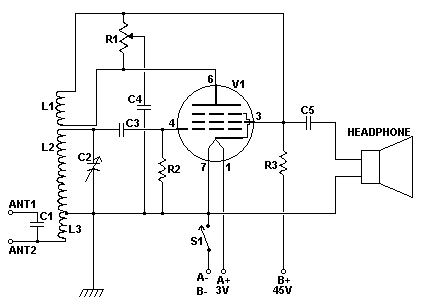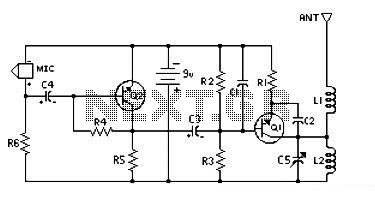
easy and cheap cdv 700 tube adapter
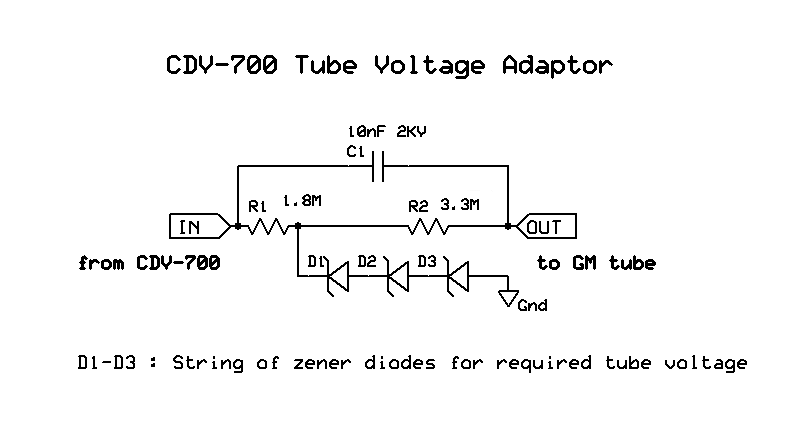
Construct this circuit using any preferred method, ensuring that high voltage safety measures are strictly adhered to. Proper insulation is crucial, and bare conductors must be spaced at least 2mm apart to avoid arcing. This circuit functions as a voltage regulator, similar to a 7805, but is designed with discrete components to handle higher voltages. For instance, to regulate to 500V, one 200V zener diode and two 150V zener diodes are utilized. The 500V output is commonly used with GM tubes. This design allows for the connection of various tubes to the CDV-700, eliminating the limitation of only using the more uncommon 900V tubes. It is important to note that the CDV-700 may not provide accurate measurements in milliRoentgens per hour, as the scale is calibrated for the 6993 tube.
This circuit is a high-voltage voltage regulator that provides an output of 500V, suitable for Geiger-Müller (GM) tubes. The design incorporates discrete components, specifically zener diodes, to achieve the desired voltage regulation. The circuit consists of one 200V zener diode and two 150V zener diodes connected in series. This arrangement allows for effective voltage clamping and regulation, ensuring that the output voltage remains stable at 500V despite fluctuations in input voltage or load conditions.
The circuit should be constructed on a PCB or a suitable prototyping board that can handle high voltages. All components must be rated for voltages exceeding the maximum operating voltage to ensure reliability and safety. Insulation techniques, such as using heat shrink tubing or electrical tape, should be employed to cover exposed connections and prevent accidental contact. The layout should be designed to maintain a minimum distance of 2mm between conductive paths to minimize the risk of arcing.
In application, this voltage regulator circuit enables the use of various GM tubes with the CDV-700, expanding its versatility. However, users must be aware that the CDV-700's measurement calibration is specifically tailored for the 6993 tube, which may lead to inaccuracies when using other tube types. Careful consideration of the tube's characteristics and the calibration of the measurement device will be necessary to ensure accurate readings when utilizing this circuit. Overall, this high-voltage voltage regulator circuit provides a practical solution for expanding the capabilities of GM tube applications in radiation detection.Build this circuit in any way you want, keep in mind that there is high voltage involved, make sure that everything is properly insulated and that bare conductors are not closer to eachother than 2mm to prevent any arcing. This circuit is basically a voltage regulator such as a 7805 built with discrete components and for higher voltages.
T o regulate to 500V for example, I used one 200V and two 150 zener diodes. 500V is a common voltage used by GM tubes. With this circuit you are no longer limited to the more rare 900V tubes and you can connect all kinds of tubes to the CDV-700. Keep in mind, however, that the CDV-700 may no longer display correct measurements in milliRG¶ntgens per hour since the scale is calibrated for use with the 6993 tube.
🔗 External reference
This circuit is a high-voltage voltage regulator that provides an output of 500V, suitable for Geiger-Müller (GM) tubes. The design incorporates discrete components, specifically zener diodes, to achieve the desired voltage regulation. The circuit consists of one 200V zener diode and two 150V zener diodes connected in series. This arrangement allows for effective voltage clamping and regulation, ensuring that the output voltage remains stable at 500V despite fluctuations in input voltage or load conditions.
The circuit should be constructed on a PCB or a suitable prototyping board that can handle high voltages. All components must be rated for voltages exceeding the maximum operating voltage to ensure reliability and safety. Insulation techniques, such as using heat shrink tubing or electrical tape, should be employed to cover exposed connections and prevent accidental contact. The layout should be designed to maintain a minimum distance of 2mm between conductive paths to minimize the risk of arcing.
In application, this voltage regulator circuit enables the use of various GM tubes with the CDV-700, expanding its versatility. However, users must be aware that the CDV-700's measurement calibration is specifically tailored for the 6993 tube, which may lead to inaccuracies when using other tube types. Careful consideration of the tube's characteristics and the calibration of the measurement device will be necessary to ensure accurate readings when utilizing this circuit. Overall, this high-voltage voltage regulator circuit provides a practical solution for expanding the capabilities of GM tube applications in radiation detection.Build this circuit in any way you want, keep in mind that there is high voltage involved, make sure that everything is properly insulated and that bare conductors are not closer to eachother than 2mm to prevent any arcing. This circuit is basically a voltage regulator such as a 7805 built with discrete components and for higher voltages.
T o regulate to 500V for example, I used one 200V and two 150 zener diodes. 500V is a common voltage used by GM tubes. With this circuit you are no longer limited to the more rare 900V tubes and you can connect all kinds of tubes to the CDV-700. Keep in mind, however, that the CDV-700 may no longer display correct measurements in milliRG¶ntgens per hour since the scale is calibrated for use with the 6993 tube.
🔗 External reference
